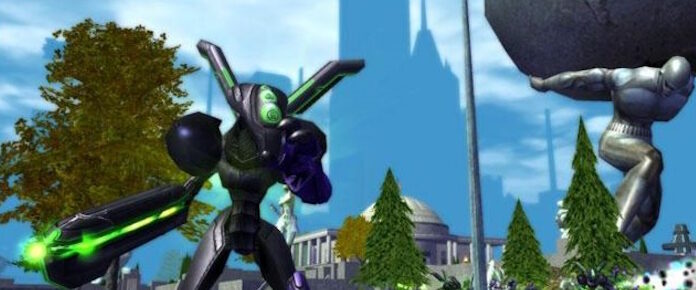
Back in December, you may recall that Final Fantasy XIV added a new cosmetic outfit, the Far Northern Attire. The outfit in question lacks any kind of cultural attribution to real-world inspirations, which in and of itself is unsurprising and normal for FFXIV outfits from the cash shop or in-game additions. But the Saami Council, a voluntary organization representing the Sámi culture in northern Scandinavia and Russian regions, has accused Square-Enix of appropriating Sámi cultural property through its addition of the costume and is now demanding that the set be removed from the game.
According to a statement from the council, Square-Enix replied negatively to attempts by the Saami Council to address the costume, prompting the council’s current public demands that the costume be removed outright. The council further cites the Sámi people’s agreement with the Walt Disney corporation regarding the inclusion of Sámi cultural elements within the narrative of Frozen 2, which asserts that Sámi outfits are the cultural property of the Sámi; the framing is very similar to any accusation of stolen intellectual property and/or copyright infringement.
“Our cultural property rights are not theoretical. They are protected and protectable under intellectual property laws, which are generally harmonised throughout the world.”
Lest this all come across as completely absurd, it’s important to note that the specific garment that the Saami Council claims that the outfit imitates, the gákti, is well-known to be misused by various tourist traps in Finland to imitate the Sámi. While players of FFXIV are no doubt aware that the Far Northern Attire not only makes no specific statements of real-world cultures and comes with no intended impersonation, it’s understandable that these conclusions might be drawn from those with less familiarity with the game and its practices.
The Saami Council firmly states in its dispatch that its concerns are not with whether or not the depiction is appropriate but that Square-Enix has disrespected the cultural property rights of the Sámi people. Square-Enix has not directly addressed this demand in any public capacity, and neither the company nor the Saami Council have publicly shared the communication between the two groups. It is thus down to speculation what the Saami Council originally requested and what was the character of Square-Enix’s response.
Whether or not the outfit in question was actually meant to be disrespectful or is inappropriate – or even whether or not it is accurately described as infringing upon the Sámi people’s cultural identity – is a complex issue that does not have firm, delineated rules. A cursory glance at the facts of the matter seem to strongly suggest that, legally, the Saami Council does not have much legal footing to take action and is thus attempting to drive public sentiment against Square-Enix for the outfit’s inclusion.
However, debate over whether this outfit constitutes cultural appropriation shouldn’t minimize discussion about cultural appropriation more generally, nor does it invalidate questions about other FFXIV outfits that may be perceived as appropriative. Ultimately, it remains to be seen whether any sort of public backlash will actually manifest, but thus far the majority of the FFXIV fan backlash has been directed at the Saami Council for bringing the issue up. It seems unlikely that this issue will end without at best negative backlash toward an organization that does in fact advocate for a marginalized community, and at worst a removal of the costume that will ultimately serve to make even fewer people think about the Sámi people.














